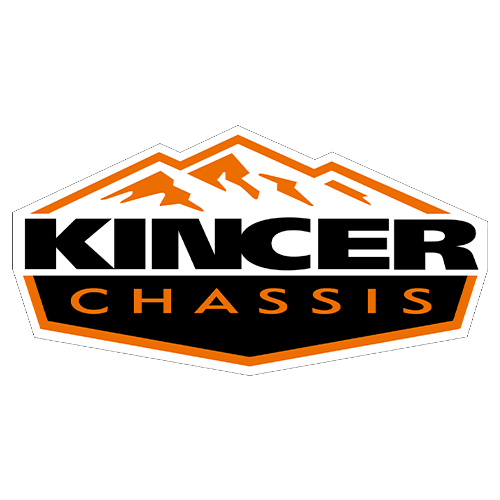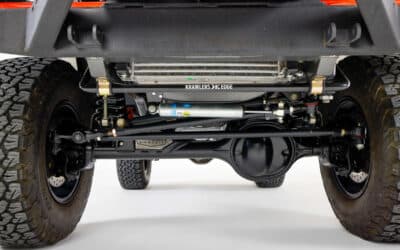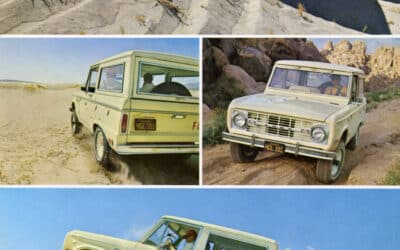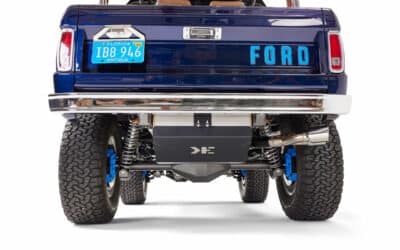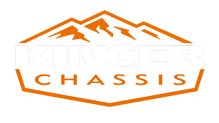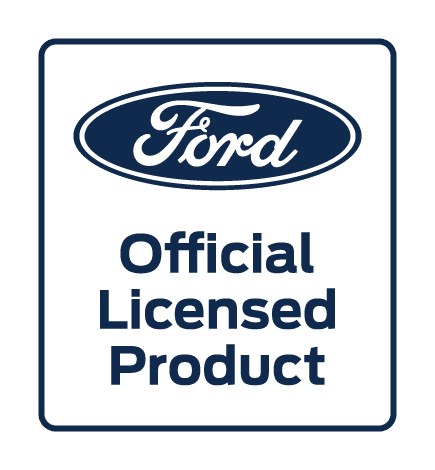The Ford Bronco, a symbol of American automotive ingenuity, has captured the hearts of die-hard automotive fans for decades. From its inception in the mid-1960s, the Bronco was more than just a vehicle; it was a statement of freedom and adventure.
Today, the trend of restoring early Broncos is not just about recapturing the glory of this classic vehicle; it’s about embracing a piece of history and making it your own.
In this guide, we’ll go over the challenges of early Bronco restoration, offering a roadmap for those ready to bring these legendary vehicles back to life.
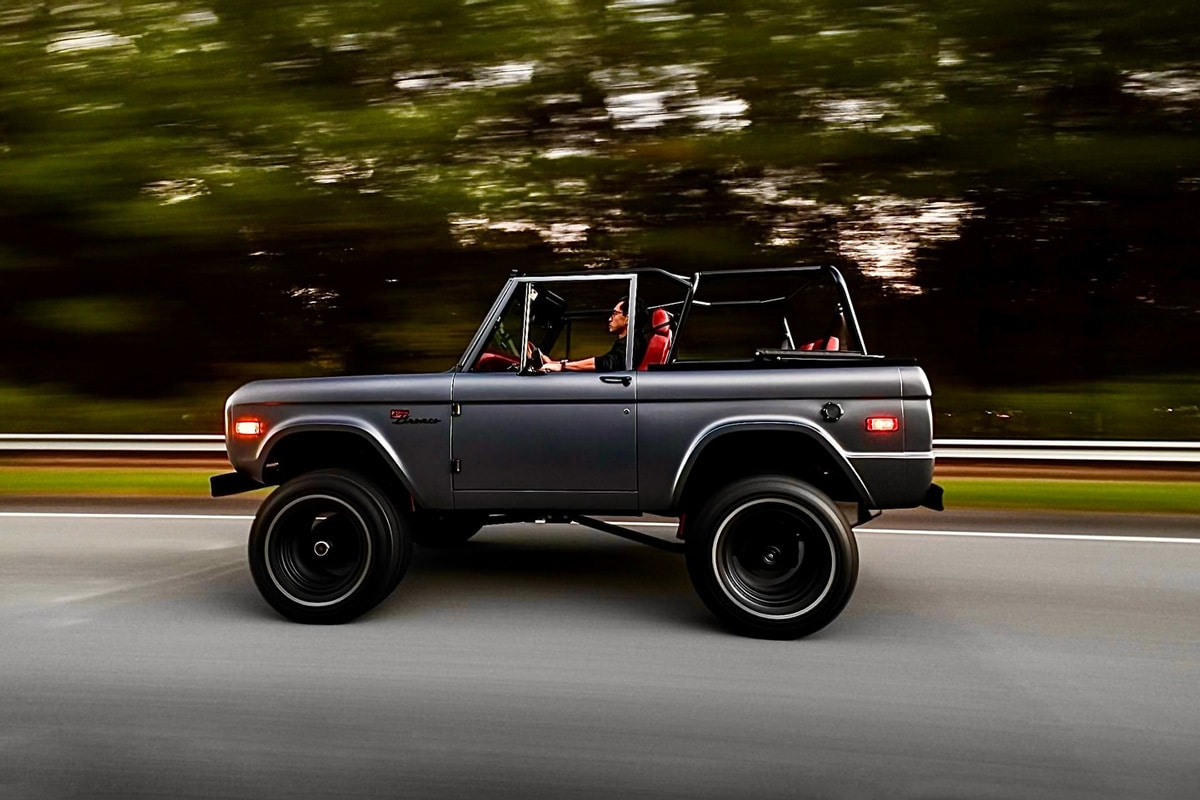
Table of Contents
Setting a Clear Vision for Your Restoration Project
Embarking on a restoration journey begins with a clear vision. Whether you’re envisioning a fully restored Bronco with every detail matching its original era or a custom-modified version that blends classic good looks with modern enhancements, understanding your end goal is crucial.
This vision will guide every decision you make, from budgeting to the selection of Bronco parts and labor.
- Defining the Scope of Your Project – Before you turn a single wrench, decide on the level of restoration you’re aiming for. A full frame-off restoration, where every component is removed, inspected, and either refurbished or replaced, can be a highly rewarding yet time-intensive endeavor. On the other hand, a more modest refurbishment that focuses on essential repairs and cosmetic enhancements might better suit those with limited time or resources.
- Estimating Costs and Setting a Realistic Budget – Early Bronco restoration can vary widely in cost, influenced by factors like the vehicle’s initial condition, desired end state, and the cost of parts and labor. Establish a realistic budget early on, factoring in both the expected and the unexpected. It’s wise to set aside a contingency fund for unforeseen expenses, as restoration projects often encounter surprises along the way.
- Finding a Suitable Bronco for Restoration – The hunt for the perfect Bronco is part of the adventure. When searching for a vehicle to restore, consider factors such as the Bronco’s condition, originality, and history. A Bronco with a well-documented past or minimal rust may command a higher price but can save time and money in the long run. Utilize online resources, forums, and local clubs to find a Bronco that aligns with your vision and budget.
10 Step Plan for Restoring a Ford Bronco
| Step | Description |
|---|---|
| 1. Setting a Clear Vision | Define the scope and desired outcome of your restoration. |
| 2. Budgeting for the Restoration | Estimate costs, set a realistic budget, and prioritize expenses. |
| 3. Finding the Right Bronco | Tips for locating and assessing a suitable Bronco for restoration. |
| 4. Disassembly and Documentation | Careful disassembly with detailed documentation and labeling. |
| 5. Tackling Body and Frame Work | Addressing rust and preparing the frame and body for restoration. |
| 6. Mechanical Overhaul | Revamping engine, transmission, and suspension; considering performance upgrades. |
| 7. Interior Restoration | Restoring the interior to balance originality with modern features. |
| 8. Painting and Finishing Touches | Selecting and applying paint, adding trim and emblems. |
| 9. Reassembly and Quality Checks | Guiding through the reassembly process and conducting tests. |
| 10. Maintenance and Preservation | Regular maintenance and proper storage tips. |
Tackling Common Restoration Challenges
Restoring an early Ford Bronco is a journey filled with unique challenges. Each step of the process comes with its own set of obstacles, but with the right knowledge and tools, these can be effectively managed. Here’s how to tackle some of the most common restoration challenges:
Dealing with Rust: The Restorer’s Nemesis
Rust is perhaps the most ubiquitous challenge in any classic car restoration, and the Bronco is no exception. The key to dealing with rust is early detection and thorough treatment. This often involves removing rusted sections and welding in new metal.
For less severe cases, chemical treatments and rust-inhibiting primers can be effective. Regular inspection of common rust-prone areas, like the undercarriage and wheel wells, is crucial.
Revitalizing the Electrical System
The electrical systems in vintage vehicles often require significant updates to ensure reliability and safety. Upgrading the wiring harness, replacing old fuses with modern circuit breakers, and ensuring all electrical connections are clean and secure can prevent many common electrical issues. It’s also an opportunity to integrate modern conveniences like LED lighting or updated sound systems.
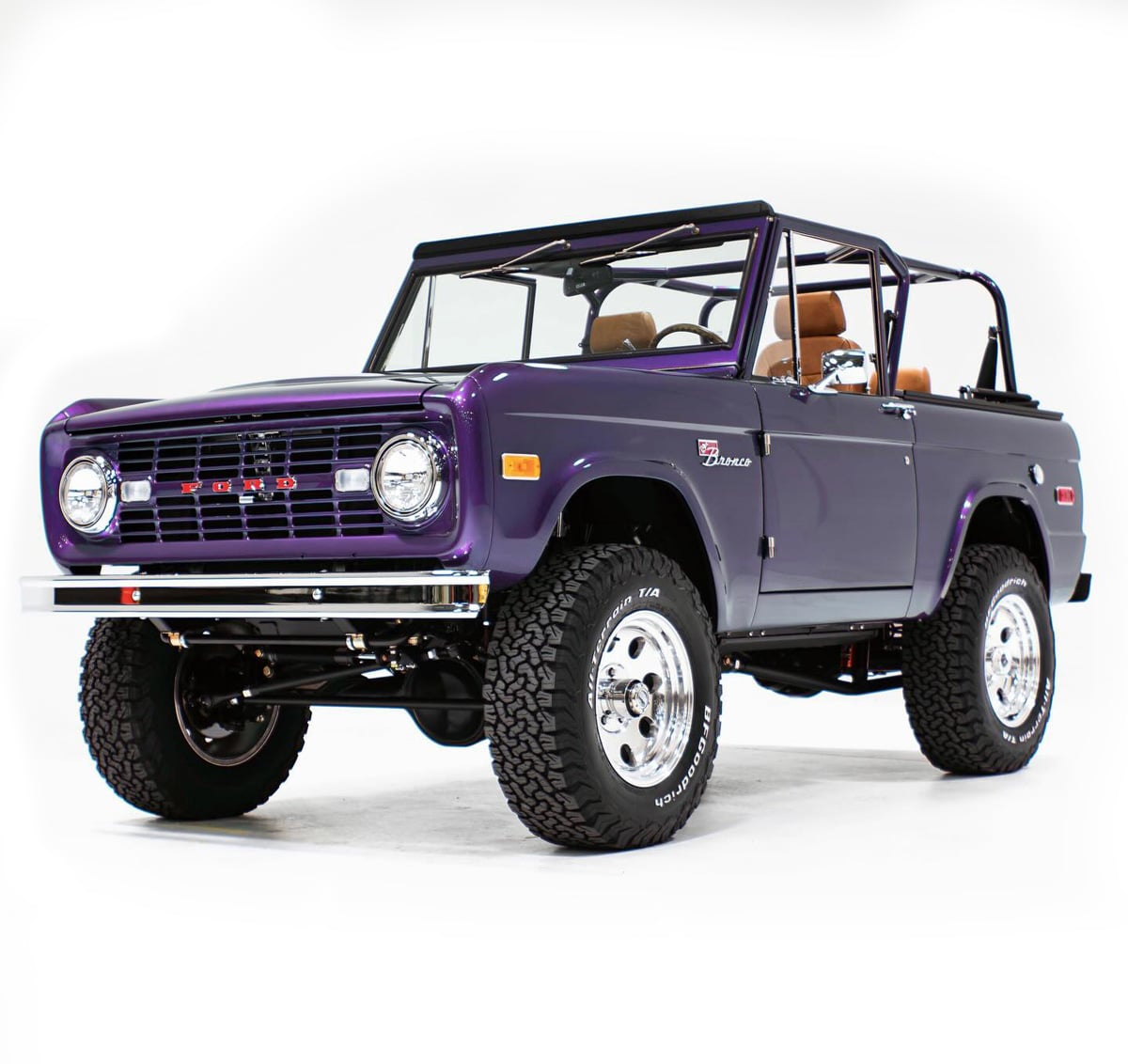
Color Matching and Paint Restoration
Replicating the original paint or choosing a new color is a significant step in the restoration process. If you’re aiming for authenticity, sourcing the original paint codes is a good start.
For a custom look, modern paint technologies offer a wide range of options. Regardless of the choice, a professional quality paint job is crucial for both aesthetics and longevity.
Upholstery and Trim: Recapturing Original Glory
The interior of the Bronco, from the seats to the dashboard, often needs extensive refurbishment. This can range from simple reupholstering to completely redesigning the interior.
Using high-quality materials and paying attention to original stitching patterns and textures can make a significant difference in the final look.
Mechanical Overhauls: Engine, Transmission, and More
The engine and transmission are the heart and soul of your Bronco. Deciding whether to rebuild the original engine or replace it with a more modern powerplant, like the Coyote engine, depends on your vision for the vehicle.
Similarly, the transmission, suspension, and brakes might need updating to meet current performance and safety standards.
Each of these challenges requires a blend of skill, patience, and attention to detail. Tackling them head-on will not only ensure your Bronco restoration is successful but also immensely satisfying.
DIY Tips and Tricks for Restoring a Custom Bronco
Embarking on a DIY restoration of an early Ford Bronco can be an incredibly rewarding experience. It allows for a deeper connection with the vehicle and a sense of accomplishment. Here are some DIY tips and tricks to help make your restoration project a success:
- Effective Frame Treatment and Rust Protection – The frame is the backbone of your Bronco, and keeping it rust-free is crucial. Start by thoroughly cleaning the frame and then apply a rust-inhibiting coating like POR-15. This not only halts existing rust but also prevents future corrosion. For internal frame protection, consider using a specialized internal frame anti-rust coating to safeguard those hard-to-reach areas. If it’s too far gone you can get a new frame or a completely new chassis.
- Under Your Bronco Care: Beyond the Surface – Paying attention to the undercarriage is vital. After removing any rust, apply a robust undercoat to protect against future corrosion. Products like Rhino Lining offer excellent durability and add an extra layer of protection against the elements.
- Finding Rust in Hidden Places – Rust can lurk in the most unexpected places. Common areas include underneath the body, door hinges, inner rocker panels, and under the battery tray. A thorough inspection can save you from future headaches, ensuring that you catch and treat all rust spots, not just the obvious ones.
- Taking Pictures and Labeling: A Restoration Roadmap – Documenting every step of your disassembly is essential. Take detailed photos and label all parts and their corresponding connections. This visual roadmap will be invaluable when it comes time to reassemble your Bronco, ensuring that every piece returns to its rightful place.
- Body Work: Empowering the Restorer – You don’t always need to be a professional to tackle body work. Simple tools like a polycarbide abrasive wheel can effectively strip paint and prepare surfaces. For small dents and rust spots, sandpaper and body filler can work wonders. Embrace the challenge of bodywork; it’s a skill that develops with practice and patience.
- Part Purchasing Strategy: Just in Time – Resist the urge to buy all your parts at once. Purchase parts as you need them to avoid clutter and the potential loss or damage of components. This approach not only keeps your workspace organized but also helps in managing your budget more effectively.
By applying these DIY tips, you’ll not only improve the quality of your restoration project but also enjoy the process more fully. Each step taken is a learning opportunity and a chance to add a personal touch to your classic Bronco.
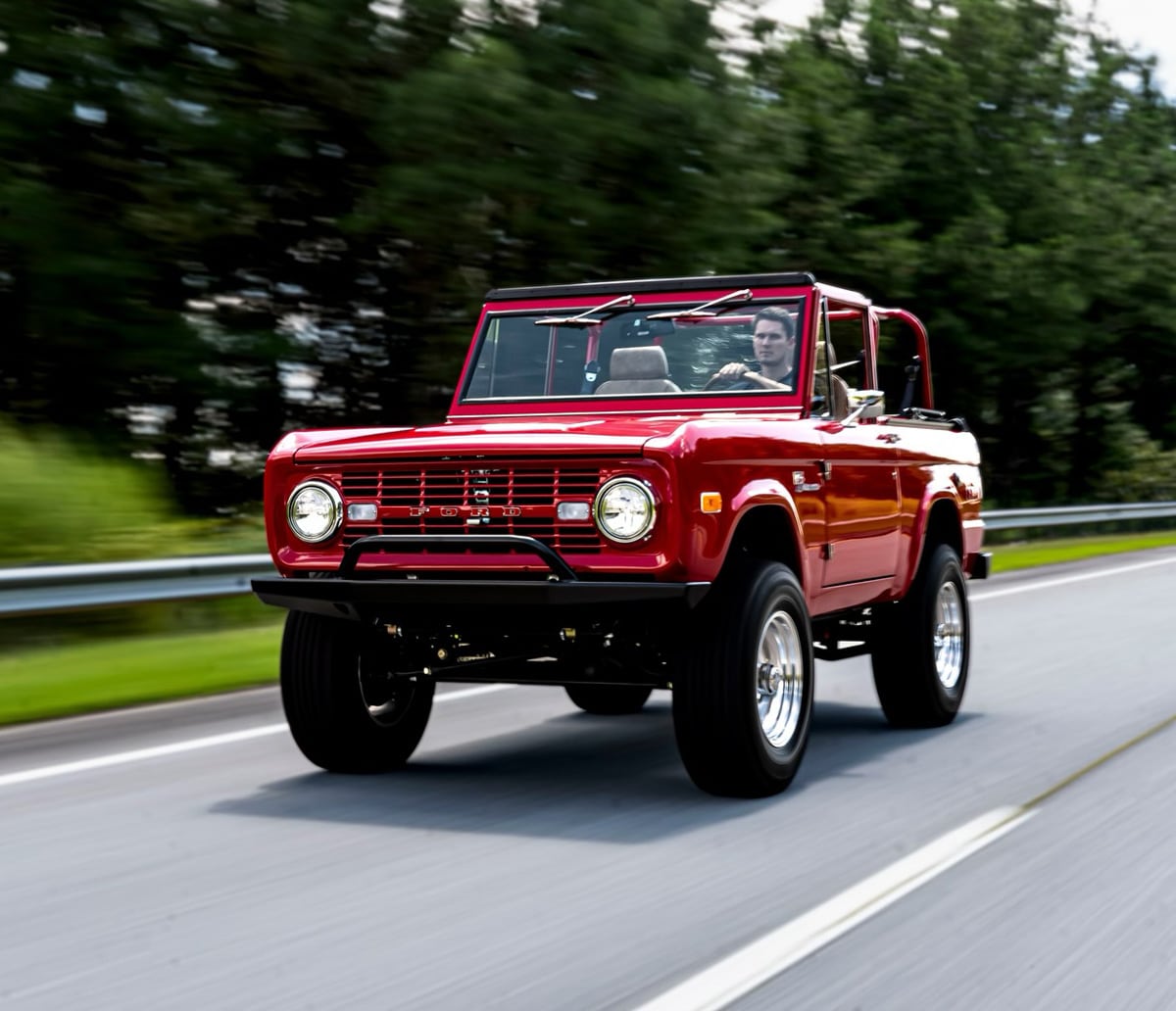
Budgeting for a Restored Classic Bronco: How to Effectively Plan Your Project
Restoration projects, especially for vehicles like the early Ford Bronco, require careful financial planning. Here’s how to effectively budget for your restoration project:
- Developing a Comprehensive Budget Plan
Begin by outlining all potential expenses. This includes the cost of the vehicle itself, parts, labor (if not doing the work yourself), tools, paint, and unexpected costs. Research prices and request quotes to get a realistic idea of the costs involved. Don’t forget to factor in the cost of ongoing maintenance once the restoration is complete. - Prioritizing Restoration Phases
Depending on your budget, you might need to prioritize certain restoration phases over others. For example, tackling mechanical issues and rust treatment might take precedence over cosmetic updates. This approach helps in spreading out expenses and making the project more manageable financially. - Finding Cost-Effective Restoration Solutions
Look for ways to save money without compromising on quality. This might involve buying used or refurbished parts, doing some of the work yourself, or finding alternative solutions that meet your restoration goals. Networking with other Bronco restorers can also provide insights into cost-saving strategies. - Managing Unexpected Expenses
In any restoration project, unexpected expenses are almost a given. Set aside a contingency fund, ideally 10-20% of your total budget, to cover these unforeseen costs. This safety net can make a significant difference in keeping your project on track. - Investing in Quality Where It Counts
While it’s important to manage costs, investing in quality parts and services where it matters most is crucial. This includes critical components like the engine, transmission, and structural elements of the Bronco. High-quality investments here can save money in the long run by preventing future issues. - Tracking Expenses Throughout the Project
Keep a detailed record of all expenses as the project progresses. This will help you stay on budget and make informed decisions if adjustments are needed. Regularly reviewing your expenditure can also provide valuable learning for future projects.
Effective budgeting is key to a successful Bronco restoration project. It ensures that the project is financially manageable and results in a vehicle that you can be proud of without breaking the bank.
Understanding Bronco Longevity and Durability: Insights into The Products You’ll Need
When restoring an early Ford Bronco, understanding its longevity and the durability of various components is crucial. This knowledge helps in making informed decisions about restoration and maintenance. Additionally, choosing the right restoration products plays a significant role in the longevity of your restored Bronco.
- Average Lifespan of a Ford Bronco – The lifespan of a Ford Bronco largely depends on maintenance, usage, and environmental factors. Generally, a well-maintained Bronco can last for many decades. Restoration significantly extends the vehicle’s life, especially when modern parts and technologies are integrated.
- Durability of Bronco Engines – The original engines in early Broncos, if properly maintained, can last for a considerable time. However, many restorers opt for engine upgrades for better performance and reliability. A popular choice is the 5.0 Ford Coyote engine, known for its power and durability, which can be bought from us at Kincer Chassis.
- Choosing the Right Restoration Products – Selecting high-quality restoration products is essential for the longevity of your Bronco. For authentic restoration, consider Dennis Carpenter body kits, known for their adherence to original specifications and quality. For other needs, the Krawlers Edges site offers a variety of products tailored for Bronco restorations.
- Investing in Quality Components – Investing in quality components, even if they come at a higher initial cost, pays off in the long run. High-quality parts often offer better performance, longer life, and may even increase the value of your restored Bronco.
- Maintaining Your Restored Bronco – Regular maintenance is key to preserving the longevity and performance of your Bronco. This includes routine checks, timely repairs, and using the correct fluids and parts. Proper storage, especially in harsh weather conditions, also plays a critical role in maintaining the vehicle’s condition.
Understanding the factors that influence the longevity and durability of a Ford Bronco, and choosing the right products for restoration, are vital steps in ensuring that your restored vehicle remains a source of pride and joy for years to come.
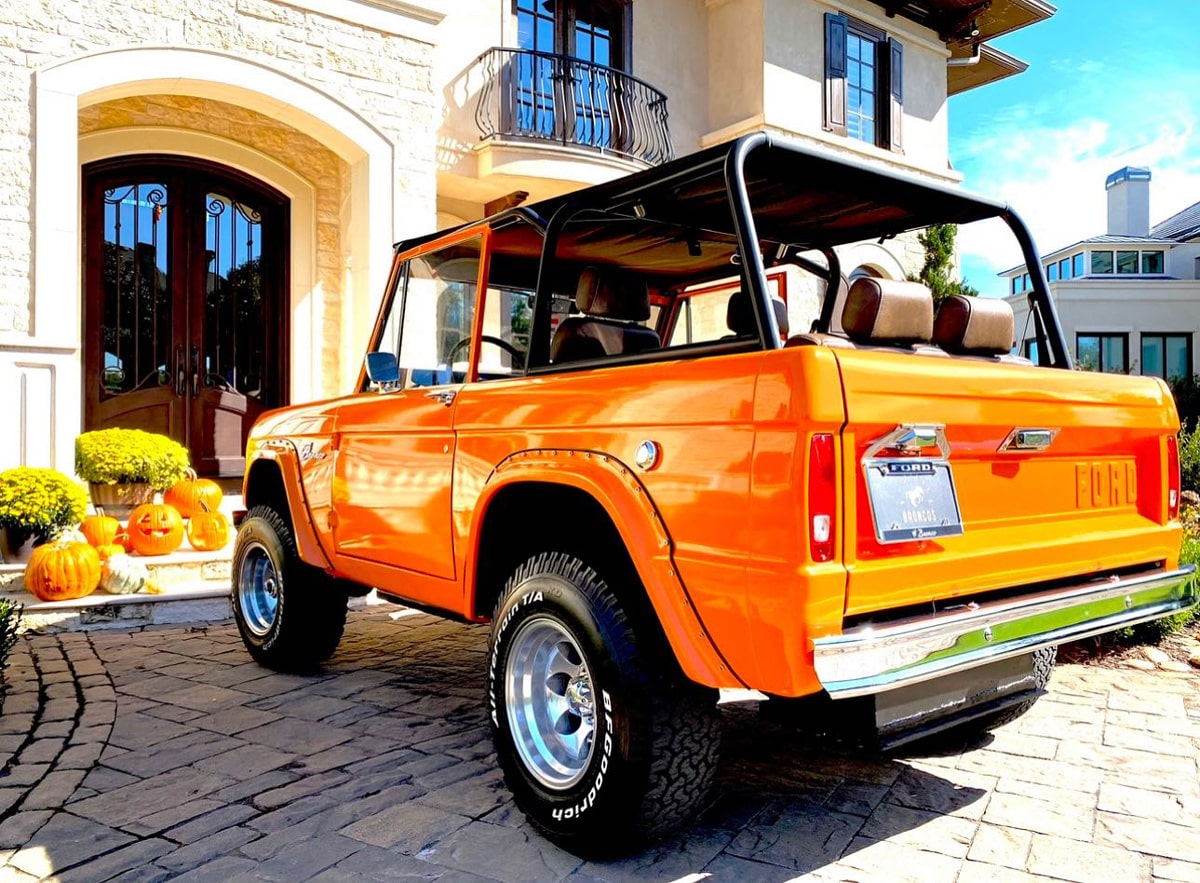
Maintaining and Preserving Your Restored Bronco: Essential Tips
After investing time, effort, and resources into restoring an early Ford Bronco, maintaining and preserving its condition is key to ensuring its longevity and value. Here are essential tips for keeping your Bronco in top shape post-restoration:
- Regular Cleaning and Detailing – Keep your Bronco clean and pristine. Regular washing and waxing not only maintain its appearance but also protect the paint from the elements. Use gentle, automotive-grade cleaning products and avoid harsh chemicals. Pay special attention to the undercarriage and wheel wells, where dirt and rust can accumulate.
- Routine Mechanical Maintenance – Just like any vehicle, a restored Bronco requires regular mechanical upkeep. This includes oil changes, brake checks, tire rotations, and ensuring all fluids are at the right levels. Regularly inspect for any leaks or wear and promptly address any issues to prevent bigger problems down the line.
- Preserving the Interior – The interior of your Bronco, especially if it’s been restored with authentic or high-quality materials, needs care to stay in good condition. Use UV protectant on the dashboard and other plastic or vinyl components to prevent fading and cracking. Clean upholstery regularly and treat leather if applicable.
- Protective Storage Solutions – When not in use, store your Bronco in a dry, temperature-controlled environment to protect it from weather extremes and humidity, which can lead to rust and deterioration. A car cover can add an extra layer of protection, especially if storage in a garage isn’t an option.
- Attending to Minor Issues Promptly – Addressing small issues as soon as they arise can save significant time and money in the long run. This includes minor rust spots, electrical glitches, or unusual noises. Keeping on top of these minor repairs ensures that your Bronco remains in optimal condition.
- Joining a Community of Bronco Drivers – Consider joining a community of Bronco owners. Forums, clubs, and social media groups can be invaluable resources for maintenance tips, troubleshooting, and connecting with others who share your passion for Broncos. These communities often provide a wealth of knowledge and support.
Maintaining and preserving your restored Ford Bronco not only ensures that it remains a functional and enjoyable vehicle but also helps retain its value and good looks. Regular care and prompt attention to any issues will keep your Bronco running smoothly for years to come.
At Kincer Chassis, we know restoring an early Bronco is more than just a mechanical endeavor; it’s a labor of love, a tribute to automotive history, and a personal journey of creativity and perseverance.
